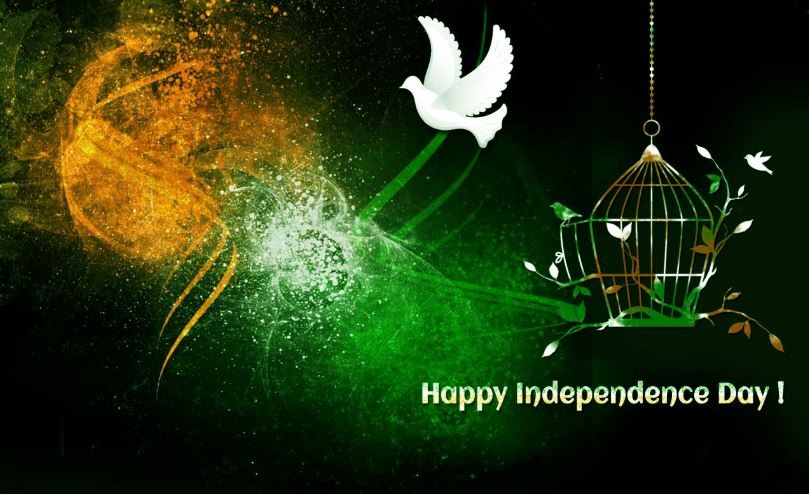 NEW DELHI – This year India will celebrate the 72nd anniversary of its independence, following two centuries of being subject to the domination of the British East India Company and, ultimately, the rule of the British Empire in 1857.
NEW DELHI – This year India will celebrate the 72nd anniversary of its independence, following two centuries of being subject to the domination of the British East India Company and, ultimately, the rule of the British Empire in 1857.
In the 18th century Indian subcontinent consisted of an array of local kingdoms. As the British East India Company absorbed the outposts established by European traders, it brought along its consideral military forces to protect its commercial interests.
The British Empire extended its direct rule to the region following the First War of Indian Independence in 1857. In the name of restoring peace, the rule of the Empire became progressively more dominant. In addition to a constant campaign to westernize the culture, the citizens became subject to heavy taxation. Ironically, the latter is one of the same reasons the American Revolution evolved as it did.
Though constant tension, numerous uprisings, and the loss of thousands of lives failed to bring about independence, the financial setbacks experienced by Great Britain during the First and Second World Wars, eventually led to the dissolution of the once mighty empire. England could no longer afford to maintain its global presence and domination. Nor did they care to engage in additional military conflicts. (The situation was, in many ways, similar to the establishment of the independent state of Israel in 1948.)
The British House of Commons passed the Indian Independence Act on 15 June 1947, dividing the subcontinent into India and Pakistan, granting their independence two months later on 15 August.
Celebrations in India began on the evening of 14 August with the soon-to-be prime minister of India, Jawaharal Nehru, delivering his famous “Tryst with Destiny” speech.
“Long years ago we made a tryst with destiny, and now the time comes when we shall redeem our pledge, not wholly or in full measure, but very substantially. At the stroke of the midnight hour, when the world sleeps, India will awake to life and freedom. A moment comes, which comes but rarely in history, when we step out from the old to the new, when an age ends, and when the soul of a nation, long suppressed, finds utterance.”
The response to the occasion was so massive and so pervasive that the many of the carefully rehearsed formal ceremonies had to be cancelled in the wake of countless spontaneous celebrations.
The celebration of the 72nd anniversary of Indian independence will begin at 7:00 p.m. on August 14th with a speech to the nation by India’s president, Pranab Mukherjee. The festivities on India Independence Day begin with Prime Minister Modi raising the flag at the Red Fort at 7:00 a.m. Before he addresses the nation at 7:10 a.m., the national anthem will be sung and homage will be paid to those whose persistence and sacrifice forged the path that eventually led to India’s freedom. Following Modi’s speech, the India Day Parade will commence along with celebration across the nation and around the world.
Almost every school, college, university and government organizations, and many housing complexes, clubs, societies, and groups of friends will participate in the national flag-hoisting ceremony to shows the togetherness of Indians, who never forget to pay a tribute to their ancestors who sacrificed their life for the betterment of the country.
To honor this special occasion of Indian independence, Gospel for Asia (GFA) has produced a short video in which Gospel for Asia (GFA)-supported students at an Indian Bridge of Hope recite the National Pledge.
Sources:
- Finding Dulcinea, On This Day: India Gains Independence from Britain
- Maps of India, 15th August, Independence Day
- Festive India, 72nd Independence Day of India 2018
Image Source:
- 15 August Happy Indian Independence Day quotes and images 2018, free to use
Video Source:




